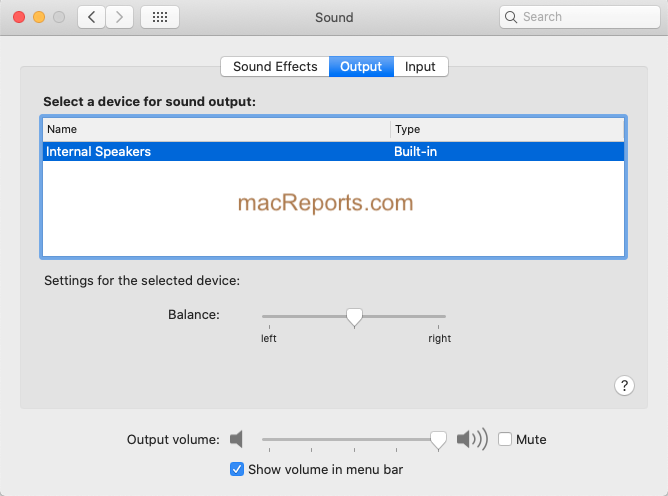

It didn't matter which one I chose the result was the same-Pro Logic on the AVR. But the signal from the Mac would only show as Bitstream or PCM. In the TV's audio settings, when it receives a DD or DD+ signal, it will show those as an option. In working with Plugable's support, they said the chipset used in the adapter supports audio up to 8-channel LPCM, compressed audio (AC-3, DTS), HBR audio formats, and 192kHz audio frame rate up to 24-bit audio sample size. No matter what app I used (Apple TV, browser, VLC, QuickTime) or what multi-channel source file (DD, Atmos) or format (mp4, vob, mkv), it would only show two channels. The macOS has an app called Audio MIDI Setup that shows the number of audio channels available to any output. But sound from other sources that I ran through the TV (a Blu-ray player and streaming box) would pass through to the AVR as Dolby Digital (DD) just fine-the AVR would show the signal as DD. But no matter what source material I played on the Mac, the AVR would show the signal as Dolby Pro Logic, which is four channels derived from a two channel signal. So I connected the Mac to the TV via the USB-C to HDMI cable, then connected the TV to the AVR via an optical audio cable. The AVR is so old that it doesn't have HDMI connectors, so to get surround sound I have to connect sources to it via optical or coaxial cable. 2017 Samsung MU6300 smart TV with optical audio out.Plugable USB-C to HDMI cable (same is true for their USB-C to HDMI Adapter).2000 Yamaha RX-V496 A/V receiver (AVR), capable of Dolby Pro Logic, Dolby Digital 5.1, and DTS 5.1.You can then easily switch between those devices with a mere mouse click.I am posting this to help others who are trying to get their Mac to output surround sound via HDMI. Once you do so, you’ll see a listing of all of your Mac’s input and output devices. Step 2: Next, it’s just a matter of holding the Option (⌥) key while clicking the menu bar volume icon. Once it is, you should notice the speaker icon representing the current volume in the menu bar.

Step 1: The first thing you’re going to need to do is ensure that the “Show volume in menu bar” option is checked in System Preferences → Sound. If you have the volume button enabled to show in the menu bar, then you can switch between devices right from the menu bar.

Switching between audio devices on the fly doesn’t have to be hard. But wouldn’t it be nice if there was a quicker way to switch to a set of speakers or a microphone without venturing all the way into the Sound panel of System Preferences? In this post, we’ll share with you a handy shortcut that we use every day to do just that. If you have multiple audio inputs or outputs connected to your Mac, then you’re probably aware that you can visit System Preferences to manage and switch between interfaces at will.


 0 kommentar(er)
0 kommentar(er)
